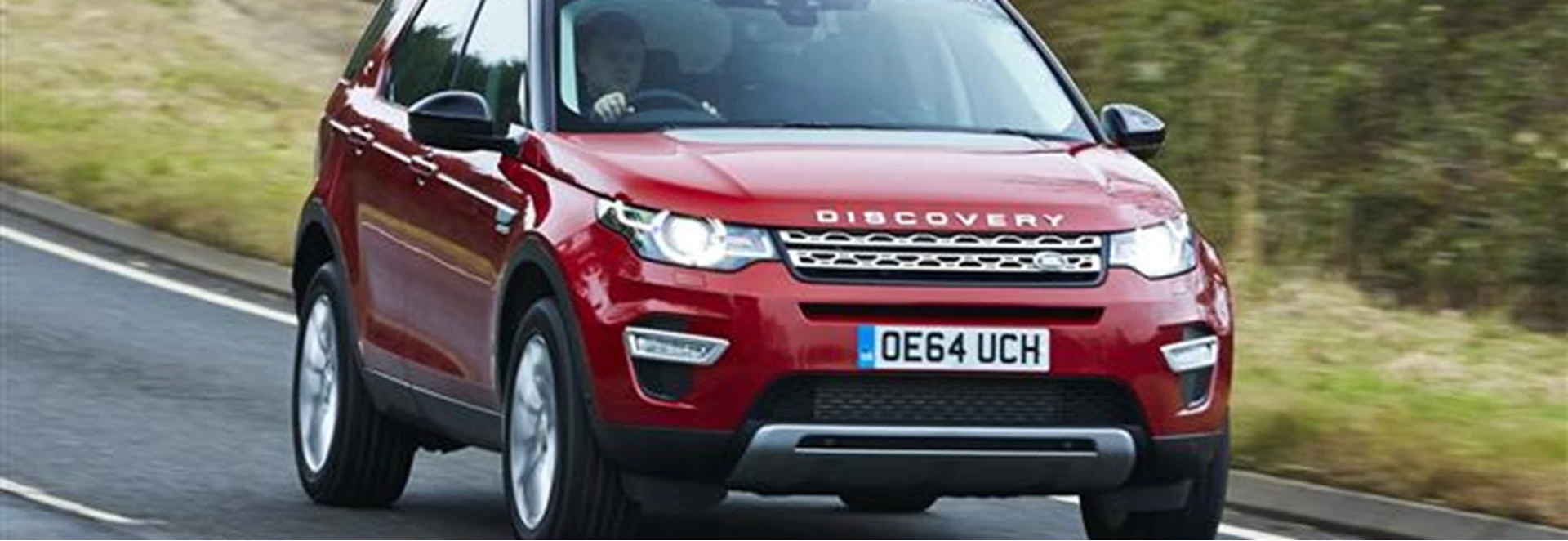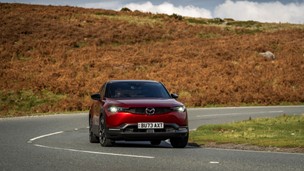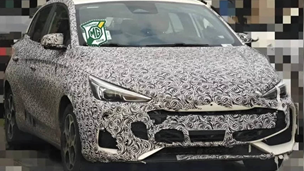The Land Rover Discovery Sport is a replacement for the Freelander and a relative (though a heavily altered one) of the Range Rover Evoque. Shorter, lower and narrow than the ‘standard’ Discovery, it nevertheless has plenty of room for four well-fed adults and one smaller person. Some models, such as the SE Tech tested here, have two extra seats in a third row, though in this case only smaller folk need apply.
For the moment, all Sports use the same 2.2-litre diesel engine. With a maximum of 187bhp it's more than strong enough for the job. My measured fuel economy over nearly 900 miles was around 38mpg, which is 2mpg short of what the trip computer said and a further 5mpg distant from the official combined figure for the nine-speed automatic version. That figure seems reasonable enough for this type of car.
It's quite a noisy unit, though - disappointingly so given the levels of refinement we've learned to expect from Land Rover in recent years. It can only be to the Sport's benefit that in August 2015 Land Rover will be introducing two less powerful but much more modern 2-litre Ingenium diesels, first seen in the Jaguar XE. They should make quite a difference.
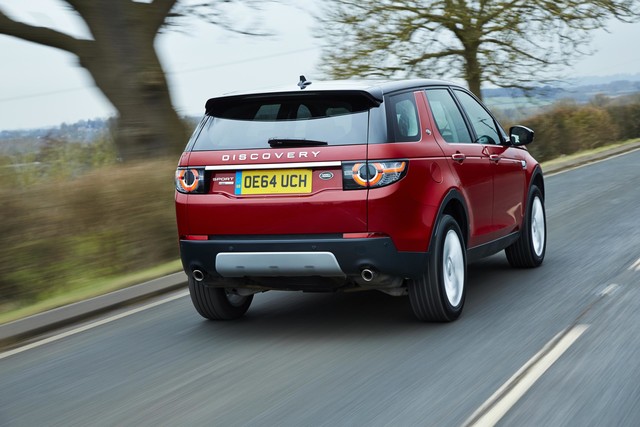
In other respects the Sport will remain as it is for some time, but I hope Land Rover gets round to sorting out the suspension quite soon. It's a little too soft on mild bumps and more obviously too hard on sharper ones. In the latter case it feels as if it's on low-profile tyres, but the ones on the test car were 60-section, which isn't low at all.
That said, I did find myself in the position of having to make an overnight journey, and I wasn't as exhausted afterwards as I would have been in many other cars. The nicely fluid steering and the very supportive seats undoubtedly contributed to that.
The automatic gearbox is good, too, normally shifting from one ratio to the next very smoothly, though it becomes better once the oil has warmed up. The driving aspect I liked least was the lack of rear visibility, which isn't as bad as in the Evoque but still made reversing quite difficult.
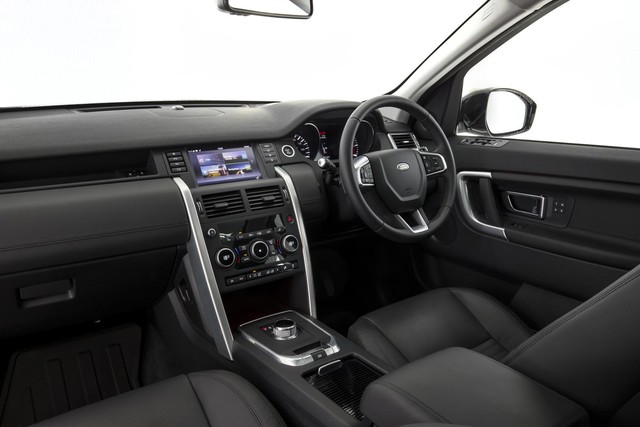
Inside, the Sport is very much the way you would expect a Land Rover to be - in other words, neatly designed and with an implication of excellent build quality. The boot floor is high, but there's still 1,698 litres of luggage space if you fold down all but the two front seats.
Despite being the second lowest of the four available specifications, SE Tech is nicely equipped. It comes with climate control, a heated windscreen, cruise control, touchscreen satellite navigation, a powered tailgate and a ten-speaker audio system with DAB digital radio. Front and rear parking sensors are fitted too, though the difficulty of seeing out the back made me wish the test car also had a reversing camera.
In this form, a basic SE Tech automatic would cost £35,695. Eight-way adjustable front seats, a fixed panoramic sunroof (with a powered blind if you want to keep the sun out), a contrasting black roof and rear privacy glass raised the total to £37,920.
